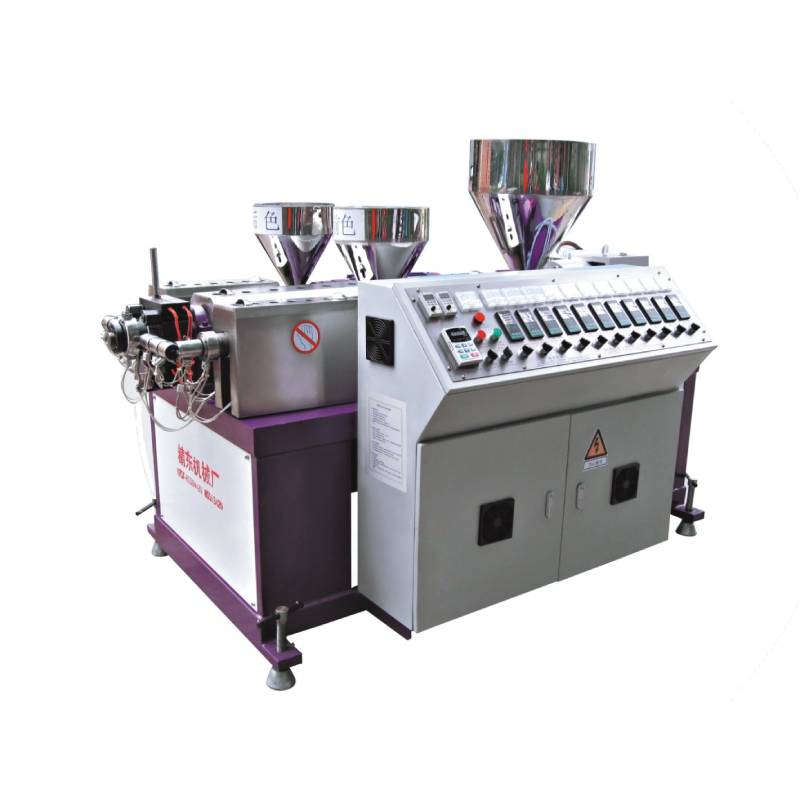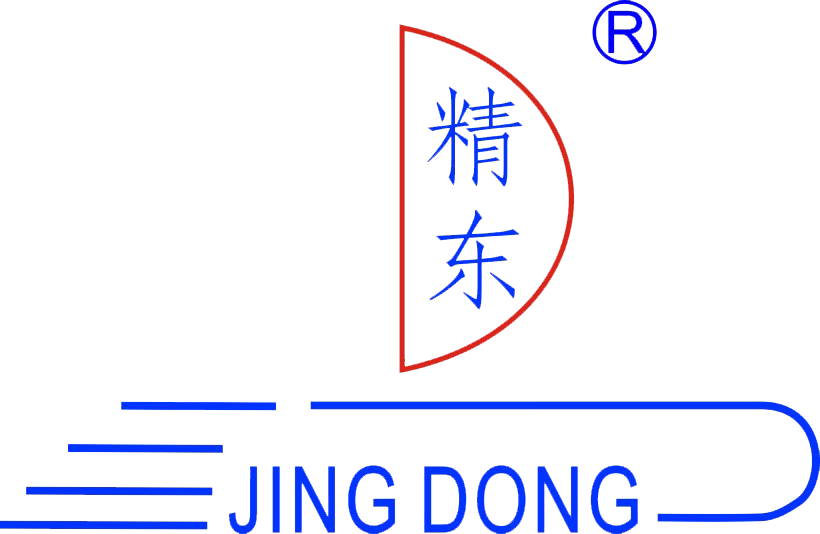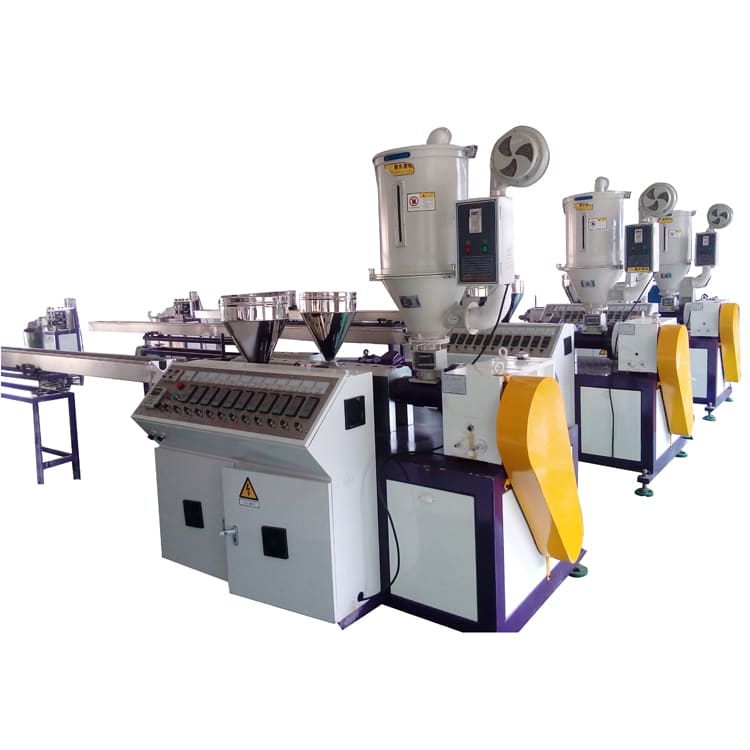
How Rattan-Effect Extrusion Systems Are Transforming Furniture Manufacturing?
In recent years, the furniture industry has witnessed a revolutionary change with the introduction of rattan-effect extrusion systems. These innovative systems are reshaping the way we produce outdoor and indoor furniture, offering a blend of durability, aesthetics, and cost-effectiveness. But how exactly are these systems transforming the furniture manufacturing landscape? Let's delve deeper into this exciting technological advancement.
Understanding Rattan-Effect Extrusion Systems
Rattan-effect extrusion systems are specialized machines designed to produce synthetic rattan-like materials. These systems use advanced extrusion technology to create plastic strands that mimic the look and feel of natural rattan. The result is a versatile material that combines the aesthetic appeal of traditional rattan with the durability and weather resistance of modern plastics.
Key Components of Rattan-Effect Extrusion Systems
- Extruder: The heart of the system, responsible for melting and shaping the plastic material.
- Die: Determines the shape and texture of the extruded rattan-effect strands.
- Cooling System: Ensures the extruded material solidifies properly.
- Haul-off Unit: Controls the speed and tension of the extruded material.
- Winding System: Collects the finished rattan-effect strands for further processing.
The Impact on Furniture Manufacturing
The adoption of rattan-effect extrusion systems has brought about significant changes in the furniture manufacturing industry:
1. Enhanced Durability and Weather Resistance
Unlike natural rattan, synthetic rattan produced by these systems is highly resistant to UV rays, moisture, and temperature fluctuations. This makes it ideal for outdoor furniture that can withstand various weather conditions without deteriorating.
2. Increased Design Flexibility
Rattan-effect extrusion systems allow manufacturers to produce strands in various colors, textures, and sizes. This versatility enables the creation of diverse furniture designs that cater to different aesthetic preferences.
3. Cost-Effective Production
By streamlining the production process, these systems significantly reduce labor costs and material waste. This efficiency translates to more affordable furniture for consumers without compromising on quality.
4. Sustainable Manufacturing
Many rattan-effect extrusion systems can process recycled plastics, contributing to more sustainable manufacturing practices. This aligns with the growing consumer demand for eco-friendly products.

Rattan-effect Extrusion Machine Applications
Advantages for Furniture Manufacturers
Implementing rattan-effect extrusion systems offers several benefits for furniture manufacturers:
Consistent Quality: The automated process ensures uniform quality across all produced materials.
Scalability: Manufacturers can easily scale up production to meet increasing demand.
Customization: The ability to create custom colors and textures allows manufacturers to differentiate their products in the market.
Year-Round Production: Unlike natural rattan, which is seasonal, synthetic rattan can be produced throughout the year.
Conclusion
Rattan-effect extrusion systems are undoubtedly transforming the furniture manufacturing industry. By offering a perfect blend of aesthetics, durability, and cost-effectiveness, these systems are enabling manufacturers to meet the evolving demands of consumers while maintaining profitability.
As technology continues to advance, we can expect even more innovative applications of rattan-effect extrusion systems in furniture design and production. For manufacturers looking to stay competitive in the ever-changing furniture market, investing in these systems could be the key to future success.
Are you a furniture manufacturer looking to revolutionize your production process? Explore our range of cutting-edge rattan-effect extrusion systems and take your furniture manufacturing to the next level. Contact us today for a customized solution tailored to your specific needs.






